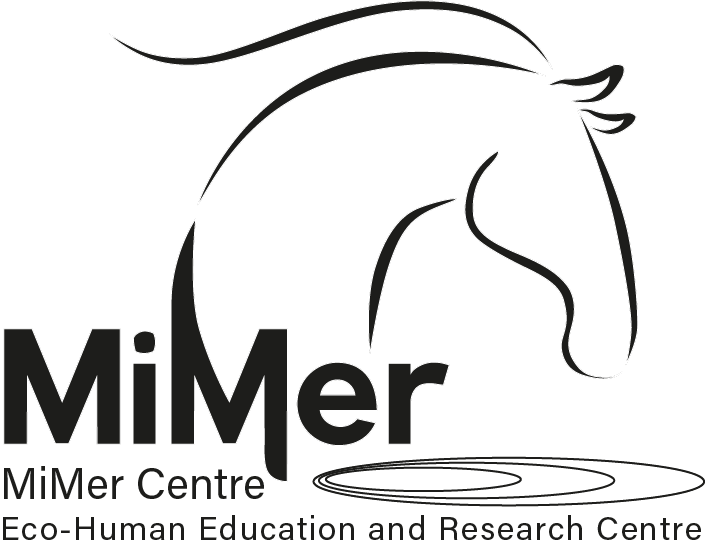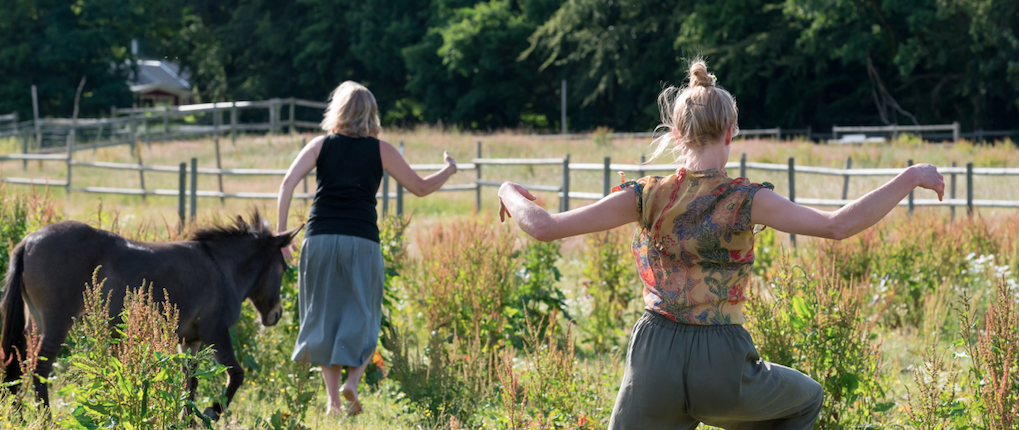Moving motivation
The other day I was puppy-proofing our apartment to be ready for our new furry family member and it got me thinking about the reasons for why I move, what motivates me in the process and what goals I enjoy working towards. These thoughts started running through my head as I was squatting underneath a table in the middle of my partner’s music equipment cable jungle. Organizing those cables in a tight space in between lots of sensitive “toys”, truly put my movement practice into something functional. There was a moment of “aha!” as I did my best to move in between the cables without tripping on anything and causing an expensive accident. There was a functional task with a goal: “organize and hide the cables”. The task required many odd and awkward positions, fluidity of movement, and precision, like playing “the cables are lava”. At that moment I was thankful for the movement practice I’ve done, as it makes these kinds of everyday tasks easier to do. Yes, that is the goal of my practice in general.
Sometimes I forget why I practice, besides the obvious physical and psychological benefits. As sometimes, just knowing that it is good for the body-mind is not enough to get one moving. Lack of motivation is also a real thing for a movement enthusiast like me. That is where defining one’s motivation to move comes into the picture. For some, it is enough to get to practice simply because they want to be able to do e.g. a handstand or run a marathon. For others, like me, these types of goals may lack deeper meaning, and causes a struggle to consistently practice towards a goal that feels more like a “party-trick” (and don’t get me wrong, there’s nothing wrong with that!) than something with “real-life value” or functionality.
Motivation plays a big role in keeping a consistent movement practice. Having intrinsic motivation and -goal helps to keep the practice going on in the long term.
I’m a yoga/movement teacher that dislikes “exercise” but loves movement and bodily expression. What fires me is lifting and carrying heavy-ish things for a purpose (shoveling horse poop and carrying buckets of water, firewood, etc.) and exploring the world from new angles in novel places (climbing, crawling, rolling, jumping, solving problems out in nature). Especially in this strange time of a pandemic, many of those “real life” -oriented tasks are at a minimum for me. That, in turn, has caused me to think even more about my own movement and how do I get myself going on when the usual conditions are temporarily out of sight.
Defining myself the things that motivate me to move have helped tremendously to keep moving, keep lifting and carrying weights instead of piles of poo, keep a practice going on, even if my inner child grimaces at “formal exercise”, as she only wants to play. And guess what, lifting weights doesn’t need to look like “10 reps and 3 sets while loud tacky music playing on the background”! My inner child spits at the sets and reps and asks me to dance with my kettlebells, take my heavy-ish blender for a round of silly jumps or wiggle with dumbbells. That is where the joy lies, where the feel-good is present, where motivation is intrinsic and the action is still working for the bigger goal -to be able to do the things I love in this world with ease, fluidity, and the right amount of lightness and strength, in other words, to be able to do the things I want in life effectively and safely. For me, “real-life goals” include heavy lifts and carrying, awkward positions and transitions from one place to another, hangs, jumps, coordination and balance on unstable surfaces, simply interacting with different environments that make me feel closer to nature. For you, your real-life goals may look different. You may not have the desire to shovel wheelbarrows of shit with ease every day in your future but to be able to get up from your bed, carry your groceries and walk on a slippery road with relative ease. Then, that may be the inner motivation for the movement and that as a reminder may help you get to your movement practice when lack of motivation is present.
What does this have to do with horses? Well, movement motivation may also be an important factor in a horse’s life. As much as it may be useful to define your own motivation to move for yourself, it may be helpful also for your horse. Of course, we can’t ask that directly from the horse but we can imagine, based on the knowledge that is out there, what motivates a horse to move and how we can offer environments and situations for that, for the horse. I bet the horse wishes to feel as comfortable in his own skin as much as we do and to be able to do his daily things and “tasks” with ease. Yet, is the way we often “exercise” the horse motivating for the horse? Does it improve the functions the horse needs to be a healthy, happy horse in his own body while doing his horse things? Are we mixing up our motivation and the horse’s motivation to move in a certain way? Can we find a balance between those two? Does it even matter if the horse has the motivation to move? I believe it does, for the horse’s sake.
We may have intrinsic motivation for mastering dressage moves or high jumps, but do we remember to check-in with our movement partner, the horse? What’s in it for the horse, for the horse’s function in his horsey life? Does the human-guided exercise hold keys to the horse’s own motivation? The horse’s inner child may be spitting at the reps and sets of perfect 10-meter circles (this isn’t meant as a serious statement, but with a twinkle in the corner of my eye ;) ). It is not unusual that highly trained sport horses lack functional skills for themselves. By being deprived of environmental stimuli and -challenges, their functional life skills degrade, and simply exercising the horse in the ring may not be enough to repair that. Transference of movement skills is a tricky area to which I won’t even try to go, however, the simplified point here is that the movements practiced in a managed, even-grounded riding ring won’t necessarily translate to movement skills in an uneven paddock or a field, not to mention motivation (same goes for humans).
So, could we try to think like a horse and imagine what kinds of environments and movements could possibly be both intrinsically motivating and functional for the horse, “things and stuff” that help the horse be a horse in a human-made environment? Can we help the horse to become a more functional horse as we help ourselves to become more functional humans? Is it possible to find a compromise between our motivations and desires and the horses? We can work towards goals with extrinsic motivation, we all do that! Yet, finding things and spaces where intrinsic motivation drives us can bring us to moments of “magic” and help us keep going on even when we speak ourselves out of external reasons to do something.
What drives you to move? What could drive the horse to move? And remember, some days we just won’t get moving, and that’s also all okay.
Photo copyright: Mood Frames by Roland Gudinge
When you subscribe to the blog, we will send you an e-mail when there are new updates on the site so you wouldn't miss them.


Comments